Master the Art of Home Canning
A guide to all things canned peaches.
Important Disclaimer
The canning instructions provided on this website are for informational and educational purposes only. While we strive to provide accurate information based on established food preservation guidelines, CannedPeaches.com and its operators are not responsible for any problems, injuries, illnesses, or damages that may result from following these instructions. Home canning carries inherent risks, including the risk of foodborne illness if not done properly. Always consult official sources such as the USDA Complete Guide to Home Canning, and follow all safety protocols. Can at your own risk.
Select & Prepare Yellow-Flesh Peaches
Choose ripe, mature yellow-flesh peaches of ideal quality for eating fresh. An average of 17½ pounds is needed per canner load of 7 quarts; 11 pounds per canner load of 9 pints. A bushel (48 lbs) yields 16-24 quarts.
- •CAUTION: Do NOT use white-flesh peaches - they may be too low in acid for safe water bath canning
- •Wash peaches thoroughly under cool running water
- •Bring a large pot of water to a rolling boil and prepare a bowl of cold water
- •Dip fruit in boiling water for 30-60 seconds until skins loosen
- •Dip quickly in cold water and slip off skins
- •Cut peaches in half, remove pits, and slice if desired
- •To prevent darkening, keep peeled fruit in ascorbic acid solution (Fruit Fresh) or lemon water
Prepare Syrup or Liquid
Prepare your packing liquid. Raw packs make poor quality peaches - hot pack is recommended:
- •Very light syrup: 1 cup sugar + 6 cups water
- •Light syrup: 2 cups sugar + 6 cups water
- •Medium syrup: 3 cups sugar + 6 cups water
- •Alternative options: Pack in water, apple juice, or white grape juice
- •Bring syrup or liquid to a boil and keep hot
- •Prevent browning: Use ascorbic acid solution (follow package directions) or ¼ cup lemon juice per quart of water
Sterilize Jars & Prepare Equipment
Proper sterilization is crucial for safe canning:
- •Wash jars, lids, and bands in hot soapy water and rinse well
- •Keep jars hot (180°F) in oven or hot water until ready to use - this prevents jar breakage
- •Inspect jars carefully for cracks or chips on the rim
- •Place new lids in hot (not boiling) water to soften the sealing compound
- •Set up your water bath canner with a rack on the bottom
- •Fill canner halfway with water and begin heating
Pack the Jars (Hot Pack Recommended)
Hot pack is strongly recommended for best quality. Raw pack makes poor quality peaches:
- •Hot pack (RECOMMENDED): Place drained fruit in syrup/liquid in a large saucepan and bring to boil
- •Fill jars with hot fruit and cooking liquid, leaving ½-inch headspace
- •Place halves in layers, cut side down
- •Raw pack (not recommended): Fill jars with raw fruit cut side down, add hot liquid, leaving ½-inch headspace
- •Run a non-metallic spatula around the inside to release air bubbles
- •Wipe jar rims with a clean, damp cloth - any residue can prevent sealing
- •Center lid on jar and apply band, tightening to fingertip-tight only
Process in Boiling Water Bath
Processing times are based on USDA/NCHFP tested recipes and are critical for food safety:
- •Place filled jars on the rack in your canner, ensuring they don't touch
- •Water must cover jars by 1-2 inches - add boiling water if needed
- •Cover canner and bring to a vigorous, rolling boil
- •Start timing only when water reaches a full boil
- •Hot pack times (0-1,000 ft): Pints 20 min, Quarts 25 min
- •Raw pack times (0-1,000 ft): Pints 25 min, Quarts 30 min
- •Altitude adjustments: 1,001-3,000 ft add 5 min; 3,001-6,000 ft add 10 min; above 6,000 ft add 15 min
- •Maintain a steady, rolling boil throughout the entire processing time
Cool, Test Seals & Store
Proper cooling and storage ensures long-term preservation:
- •Turn off heat and remove canner lid - wait 5 minutes before removing jars
- •Carefully remove jars using a jar lifter and place on a towel or cooling rack
- •Don't tilt jars or retighten bands - let cool undisturbed for 12-24 hours
- •Listen for the 'ping' sound as jars seal during cooling
- •Test seals: Press the center of each lid - it shouldn't flex up and down
- •Remove bands, wipe jars clean, and label with contents and date
- •Storage: Store in a cool (50-70°F), dark, dry place for up to 12-18 months
- •Refrigerate any jars that didn't seal and use within 3-4 days
Essential Safety Tips
- Always use tested recipes from reliable sources like the USDA Complete Guide to Home Canning or Ball Blue Book. Never modify processing times or ingredient ratios.
- Sterilize jars by washing in hot soapy water and keeping them hot (180°F) until use. Always use NEW lids - never reuse them as the sealing compound only works once. Bands can be reused if in good condition.
- Bottled lemon juice is required (not fresh) because it has consistent acidity. Add 1 tablespoon per pint or 2 tablespoons per quart to ensure safe pH levels and prevent botulism.
- Maintain proper headspace (½ inch for peaches) to allow for expansion during processing and ensure proper sealing. Too much or too little can cause seal failure.
- Adjust processing time for your altitude - higher elevations require longer processing times due to lower boiling temperatures. Check your local altitude.
- Never use the oven, dishwasher, or microwave for canning. Only boiling water bath or pressure canning methods are safe for home food preservation.
- Discard any jars that didn't seal, show signs of spoilage (bulging lids, leaks, off-odors, mold), or have been stored longer than 18 months.
- Store sealed jars without bands in a cool (50-70°F), dark, dry place. Bands can trap moisture and cause rust. Check jars periodically for seal integrity.
Common Mistakes to Avoid
✗ Not adding acid
✓ Peaches are low-acid and MUST have lemon juice added to each jar for safe water bath canning.
✗ Over-tightening bands
✓ Tighten bands to fingertip-tight only. Over-tightening prevents air from escaping and can cause seal failure.
✗ Starting timer too early
✓ Only start timing once water reaches a full, rolling boil that can't be stirred down.
✗ Using old or damaged jars
✓ Inspect jars for chips, cracks, or rough edges on the rim. These prevent proper sealing.
Canning Safety 101
Food safety is paramount in home canning. Follow these essential guidelines to ensure your preserved foods are safe to eat.
Use Tested Recipes
Always follow recipes from reliable sources like the USDA or National Center for Home Food Preservation. These recipes have been scientifically tested for safety.
Check Equipment
Inspect jars for cracks or chips, and ensure lids are new and undamaged. Damaged equipment can compromise the seal and lead to spoilage.
Maintain Proper pH
Low-acid foods (pH above 4.6) require pressure canning. High-acid foods like peaches can be water bath canned. Never skip acidification steps.
Process for Full Time
Never reduce processing times. The full time is needed to eliminate harmful bacteria and create a proper vacuum seal.
Cool Naturally
Let jars cool undisturbed for 12-24 hours. Don't tighten bands or move jars during cooling as this can break the seal.
Test Seals
After cooling, press the center of each lid. If it doesn't flex, the jar is sealed. Unsealed jars must be refrigerated and used within a few days.
Warning Signs of Spoilage
When in doubt, throw it out. Never taste food to determine if it's safe. If you notice any of these signs, discard the contents immediately:
- Bulging or leaking lids
- Spurting liquid when opened
- Mold or cloudiness
- Unpleasant or unusual odors
- Foam or bubbles in sealed jars
Botulism Risk: Improperly canned foods can harbor Clostridium botulinum, which produces a deadly toxin. Always follow safe canning practices and processing times.
Canning Supplies & Equipment
Everything you need to start canning your own peaches at home, from jars to professional equipment.
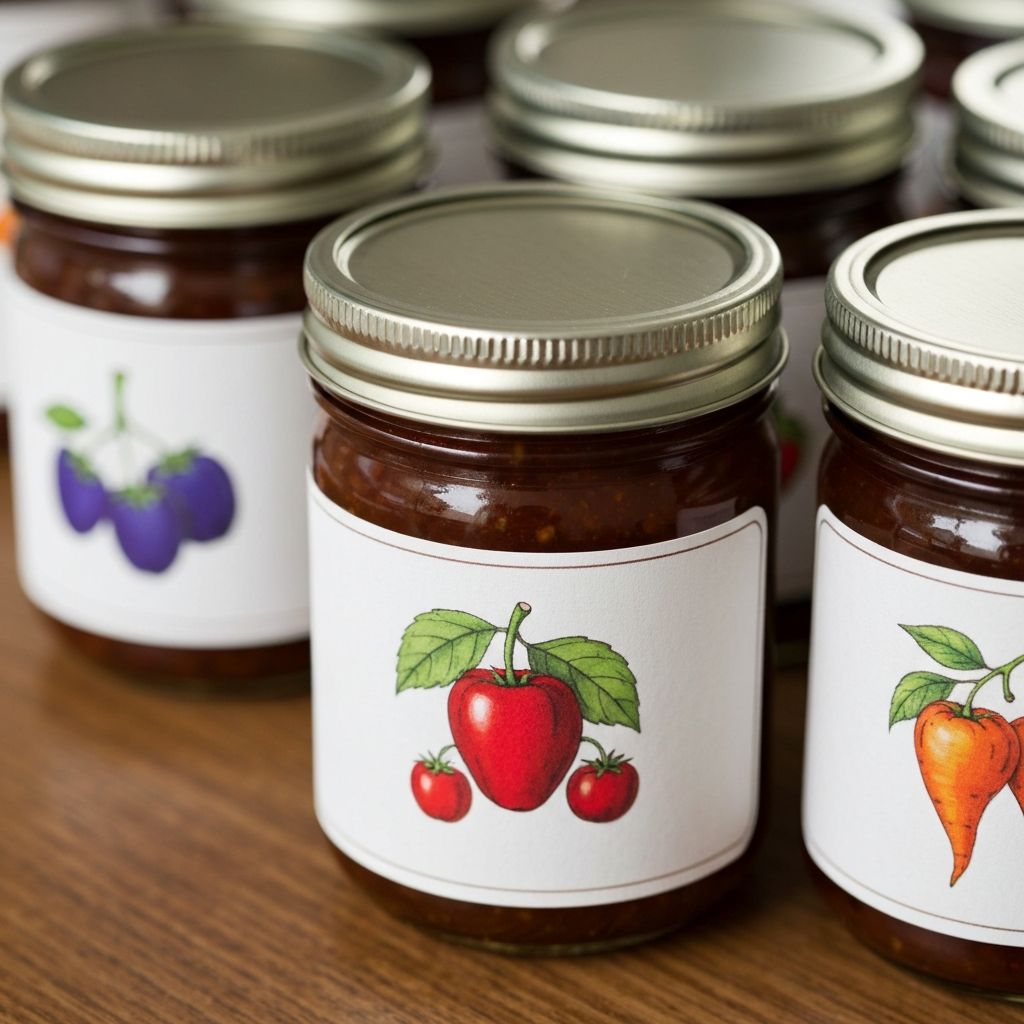
Ball Wide Mouth Canning Jars
Essential for home canning. Durable glass jars with secure lids perfect for preserving your own peaches.
12-pack, 16oz jars
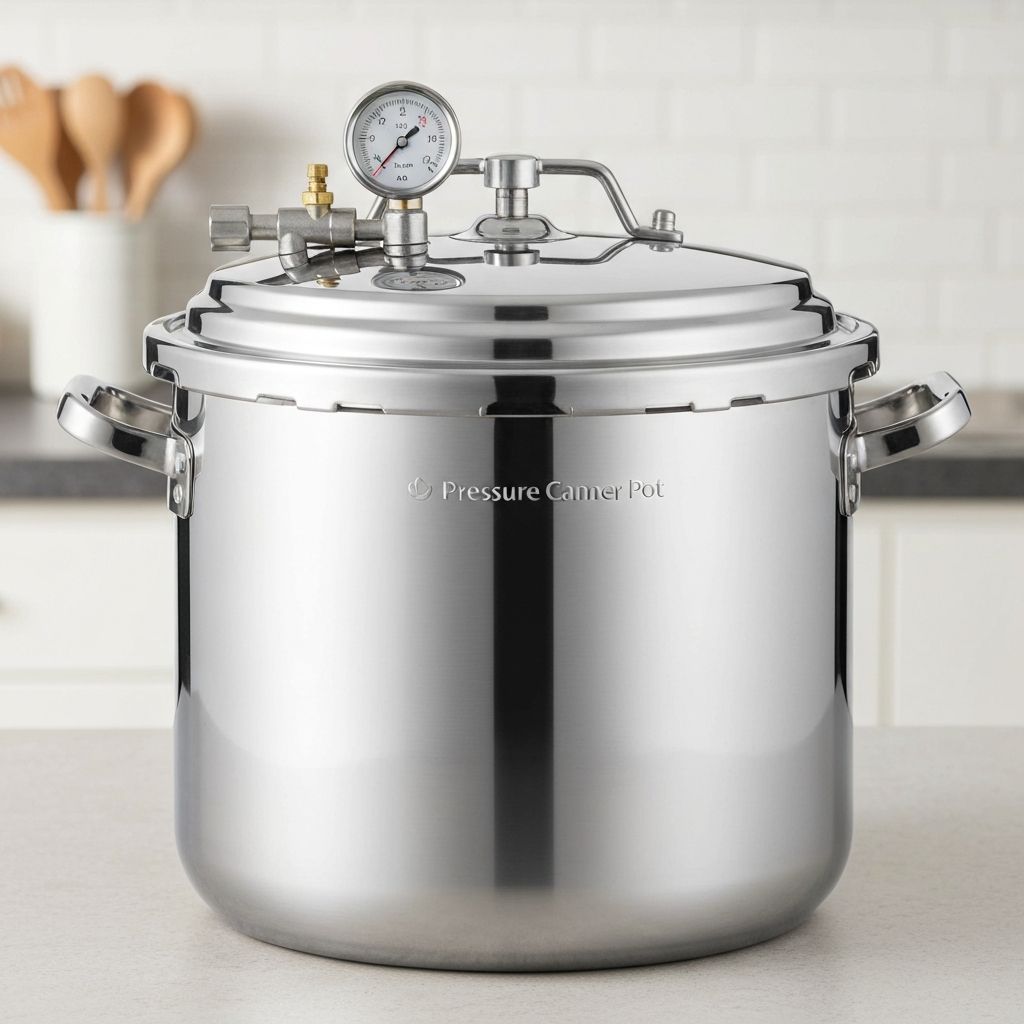
Presto Pressure Canner
Professional-grade pressure canner for safe, efficient home canning. Holds 7 quart jars or 9 pint jars.
23-quart capacity
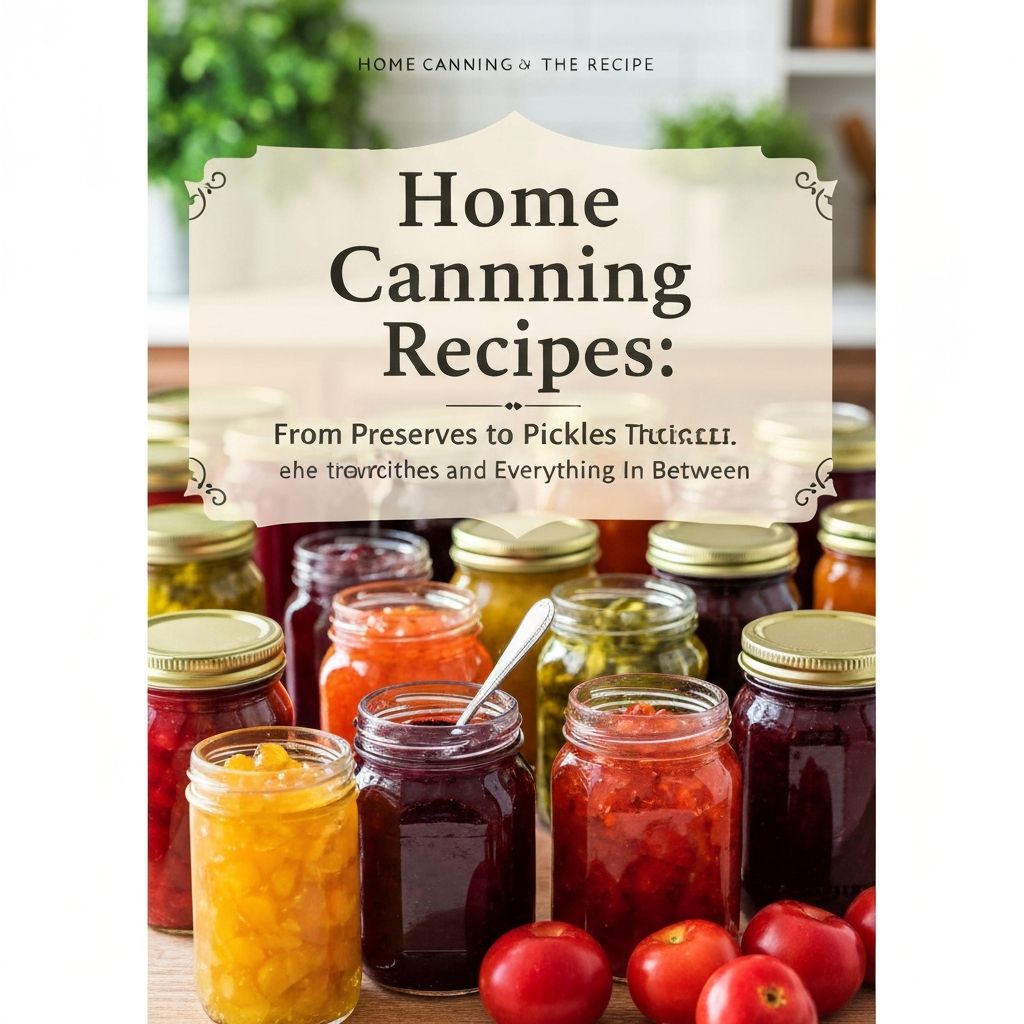
Ball Complete Book of Home Preserving
The ultimate guide with 400+ recipes and expert techniques for canning, pickling, and preserving.
Hardcover, 448 pages
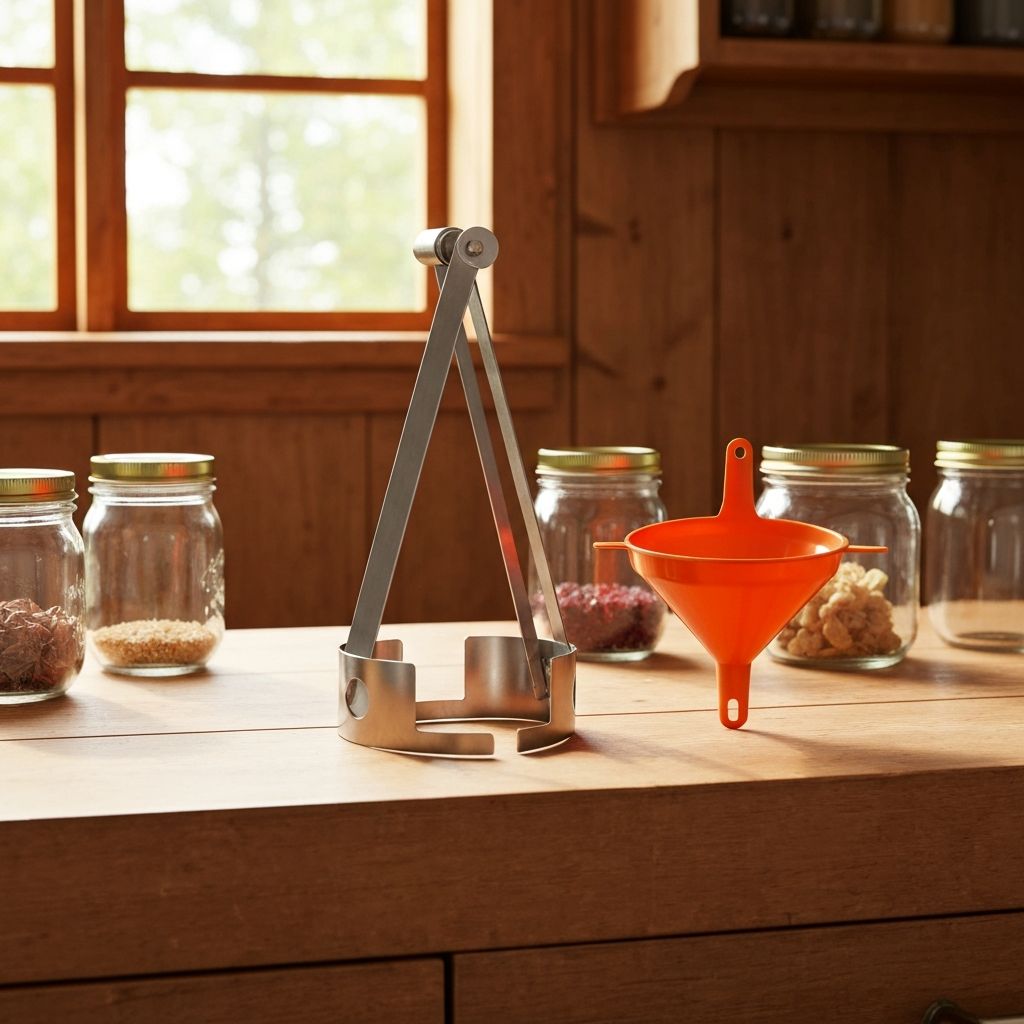
Norpro Canning Essentials Kit
Complete starter kit with jar lifter, funnel, bubble remover, and magnetic lid lifter.
6-piece set

Fresh Preserving Pectin
Natural fruit pectin for perfect texture and consistency in your homemade preserves.
1.75oz box
* As an Amazon Associate, we earn from qualifying purchases at no additional cost to you.
Best Canned Peaches
Our top picks for delicious, ready-to-eat canned peaches that deliver exceptional flavor and quality.
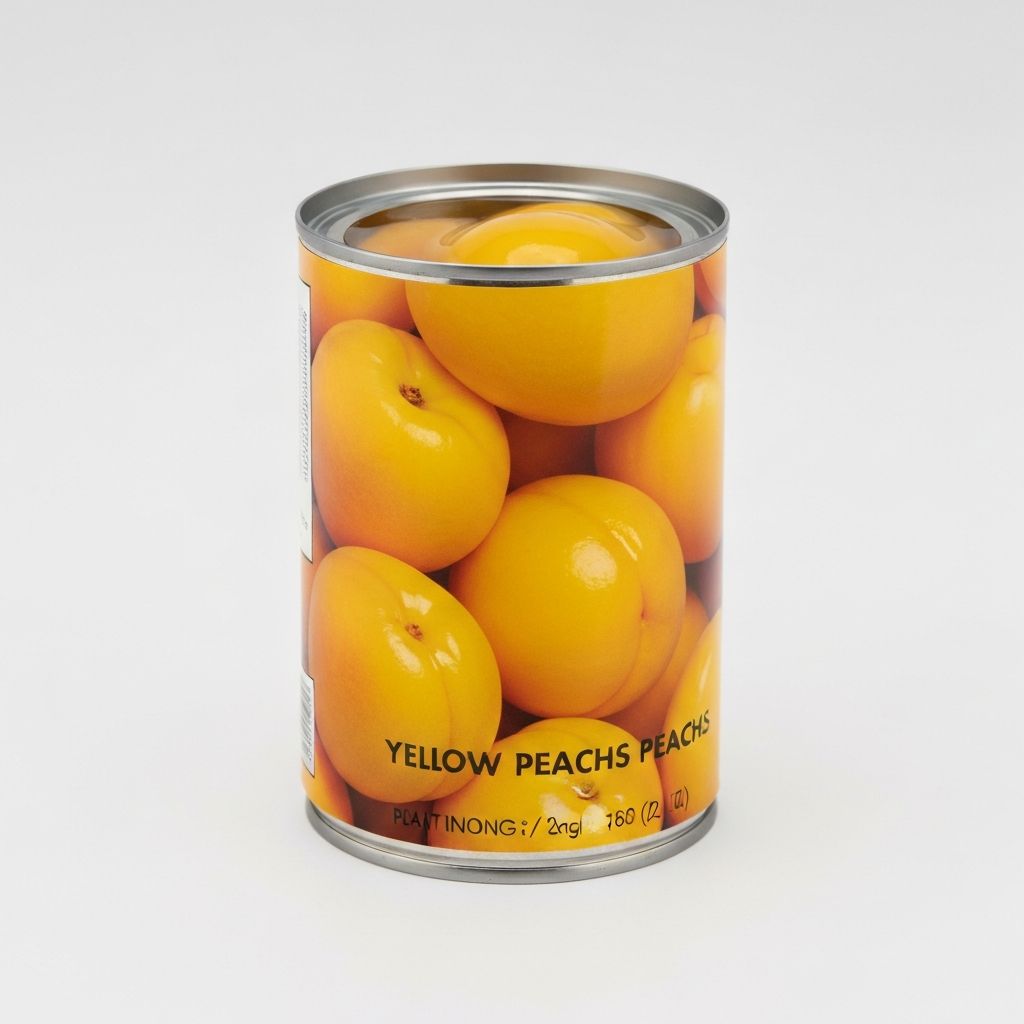
Del Monte Yellow Cling Peaches
Premium yellow cling peaches in heavy syrup. Sweet, tender, and perfect for desserts or snacking.
12-pack, 15oz cans
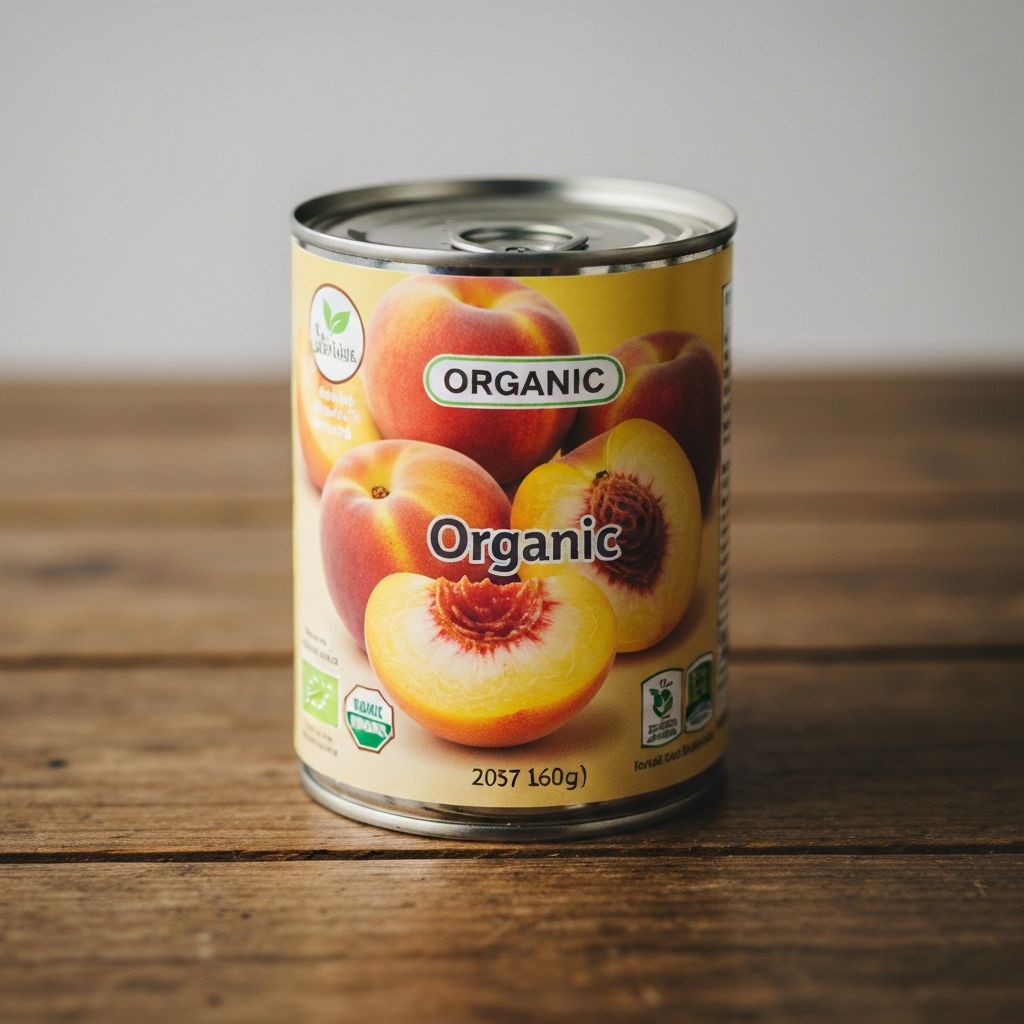
Native Forest Organic Peach Halves
USDA organic peach halves in light syrup. Non-GMO and sustainably sourced for conscious consumers.
6-pack, 15oz cans
* As an Amazon Associate, we earn from qualifying purchases at no additional cost to you.
Frequently Asked Questions
Common questions about canning and using peaches
Extension Office Resources
Connect with your local Cooperative Extension office for expert guidance on home canning, food preservation, and safety. These trusted resources provide region-specific advice and support.
National Center for Home Food Preservation
Comprehensive resource for safe home canning practices, recipes, and research-based guidelines.
Visit ResourceExtension Foundation — Find Extension in Your State
A curated portal listing state programs across all states.
Visit ResourceNational Pesticide Information Center — County Extension Offices
Offers links to county-level offices; useful for local support.
Visit ResourceOld Farmer's Almanac — Cooperative Extension Services by State
Simple list linking to each state's office.
Visit ResourceUniversity of Massachusetts Extension (UMass Extension)
Provides state-specific guidance for MA.
Visit ResourceUC Cooperative Extension (University of California)
Strong example of extension with food safety/canning work.
Visit Resource